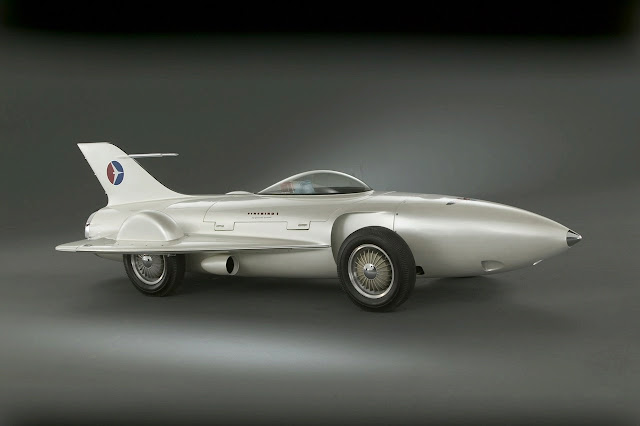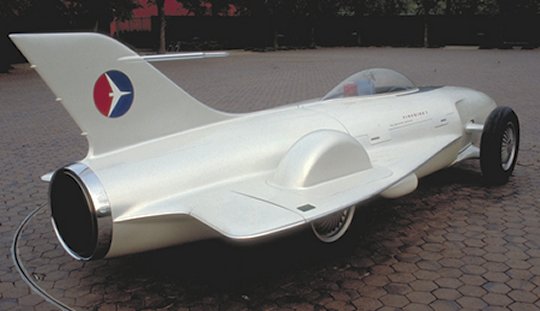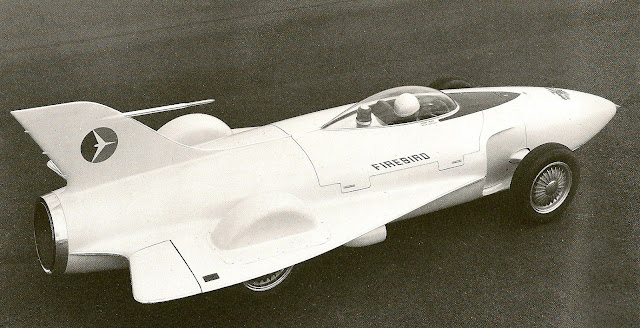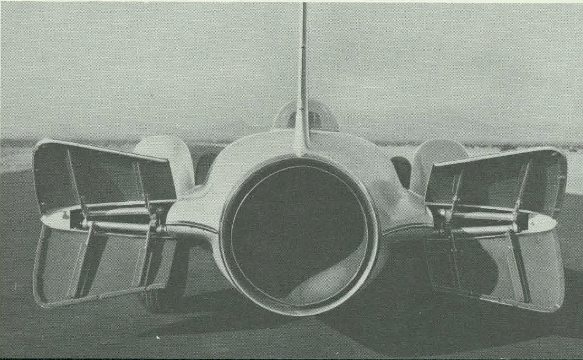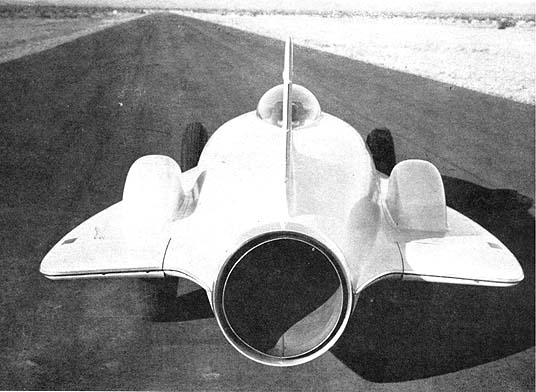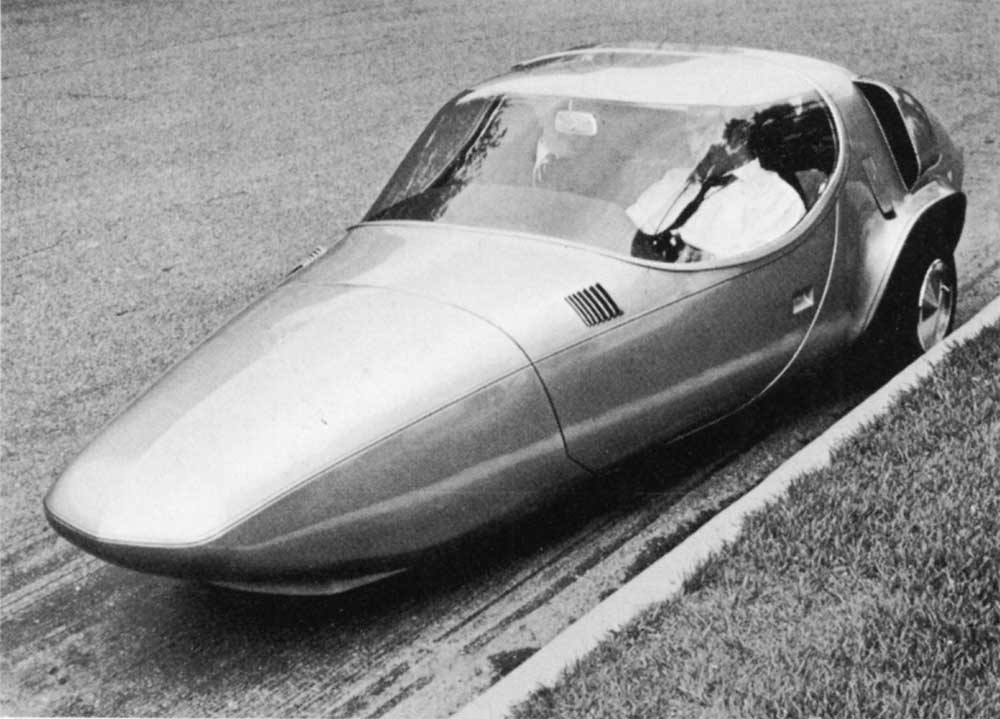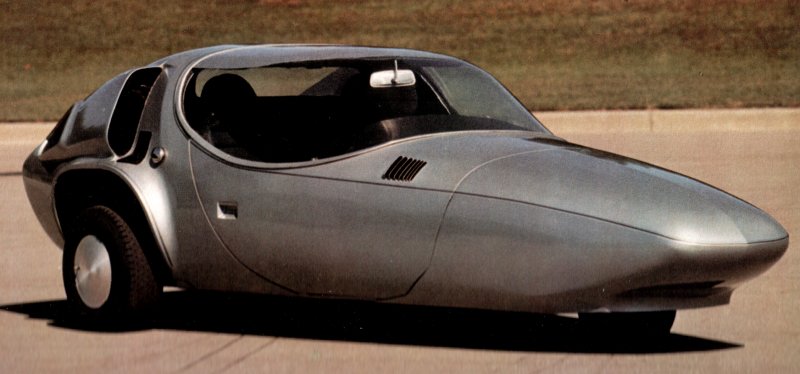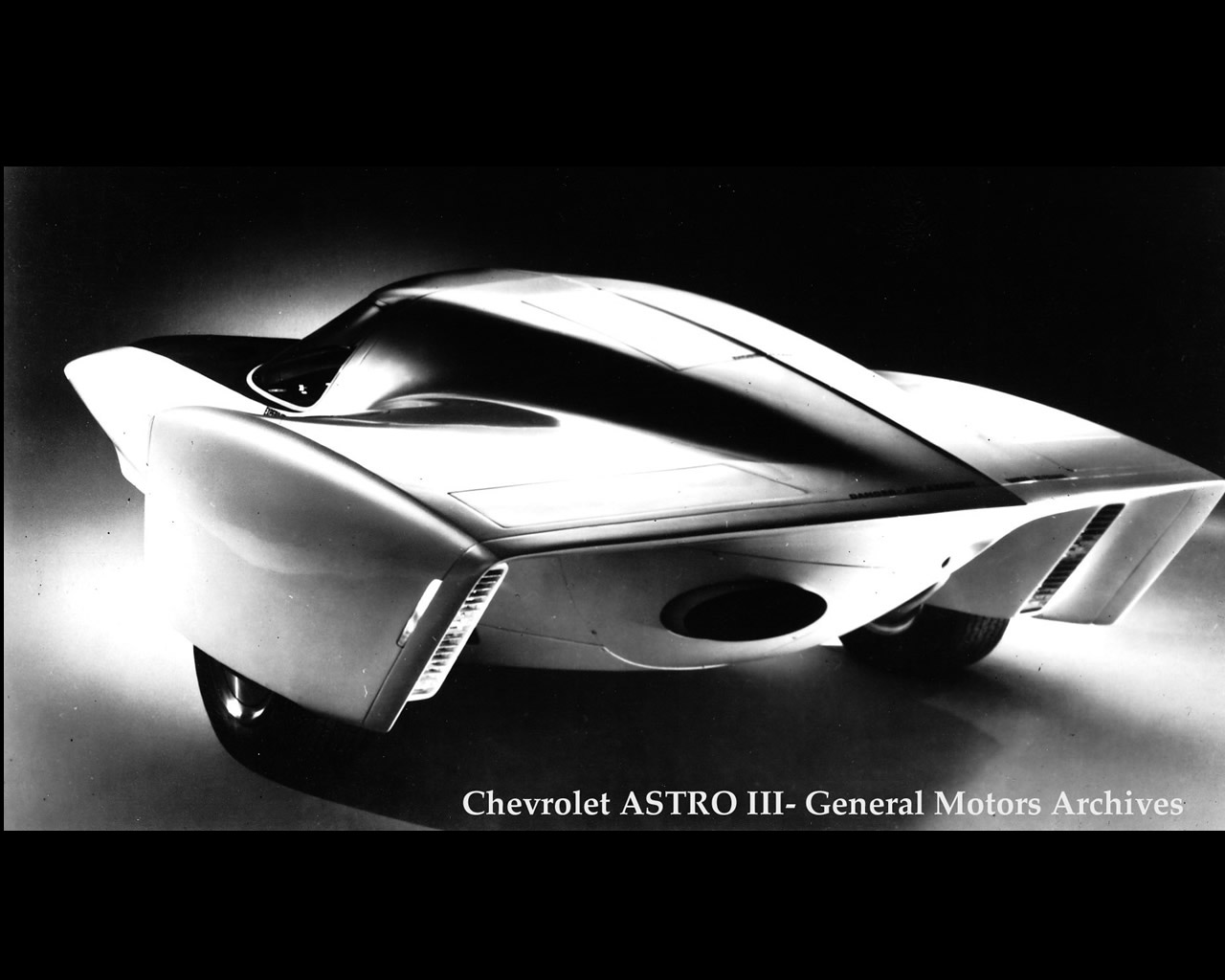But that would be due to the perceived profile cross section, not the leading edge angle to the flow, right? And reshapping the cross section of the transversal tube would give the same result. That's my point.Tommy Cookers wrote:the LERX style vortices effect was originated decades earlier, in the Saab Draken 'double delta' wing
(its huge afterburner was an accident, they didn't know the CoP position better than 1m so left engine wiggle room to adjust the CG)
now the Swedes love a big afterburner
the F 4 Phantom (designed for small AoA missile-only use) shed alternate 'Karman' vortices off the nose at high AoA
this impeded its later evolution into gun fighting
the F 5 had a chisel (lifting ?) nose and small LERX, replacing the alternating Karman vortices with steady vortices
presumably allowing a higher maximum AoA from the rather straight wing
(btw the F 18 shows like the F 104 that a swept wing is not needed supersonically)
if a wishbone is swept back eg at 45 deg the drag must be somewhat lower even at F1 speeds
as its 'aerodynamic thickness' is 41% less the Cd would be less
though the drag saving would have been greater (worthwhile) in the days of round tube wishbones
- Login or Register
No account yet? Sign up

